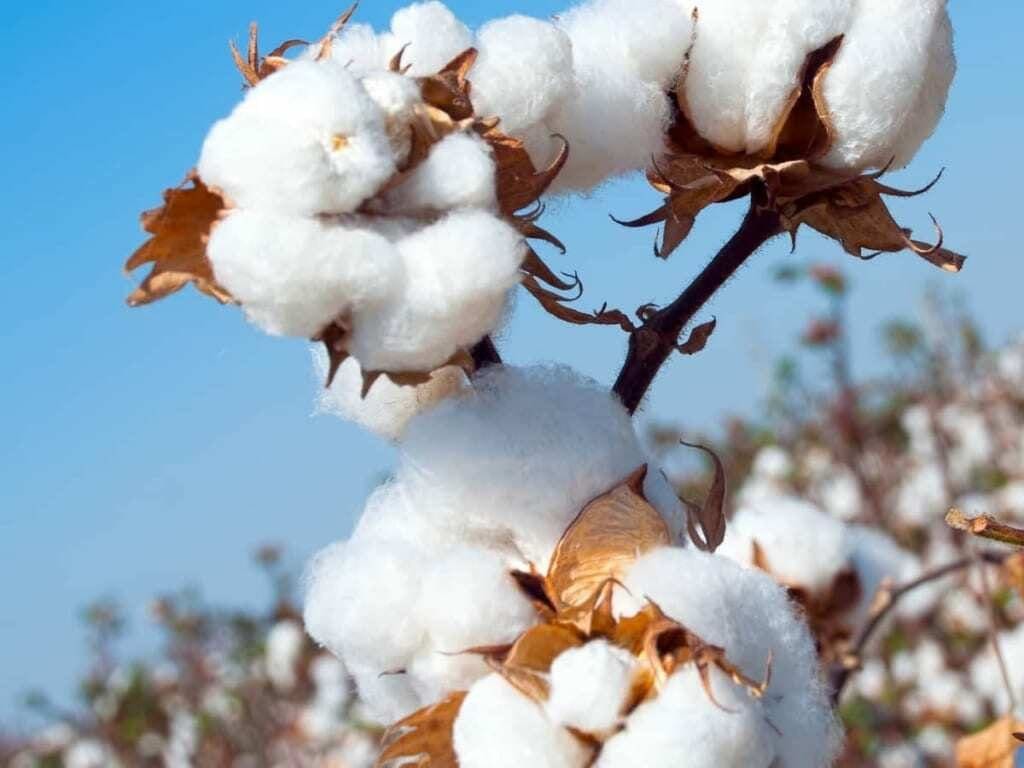India’s cotton sector is facing a severe crisis, with dwindling yields and rising production costs threatening both domestic farmers and the nation’s textile industry. The 2024-25 cotton season has seen a significant decline in production, estimated at 29.9 million bales, the lowest in six years. This downward trend is primarily attributed to factors such as pest attacks, adverse weather conditions, and a decline in seed quality.
Farmer Distress and Crop Shifts:
Farmers like Gagandeep Singh from Sirsa, Haryana, are bearing the brunt of this crisis. Singh, who has witnessed a drastic reduction in cotton yields over the past few years, has been compelled to switch to less water-intensive crops like rice. This shift, while necessary for survival, exacerbates issues like groundwater depletion and soil degradation.
Impact on Textile Industry:
The decline in cotton production poses a significant threat to India’s textile industry, a major contributor to the country’s economy. The industry, which relies heavily on domestic cotton, is facing challenges in meeting both domestic demand and export targets. The government’s ambitious goal of achieving $100 billion in textile exports by 2030 could be jeopardized if the cotton crisis persists.
Technological Limitations and Policy Hurdles:
Experts attribute the decline in cotton yields to various factors, including the ageing of existing technology, the emergence of pest resistance, and policy hurdles. The delay in approving herbicide-tolerant cotton, a technology that could significantly improve weed management and boost yields, has hampered the sector’s growth.
The Way Forward:
To address the crisis, several measures are being proposed:
- Technology Adoption: Encouraging the adoption of advanced technologies like herbicide-tolerant cotton and high-density planting can enhance productivity.
- Research and Development: Investing in research to develop new, pest-resistant cotton varieties and improve seed quality is crucial.
- Policy Reforms: Streamlining regulatory processes and creating a conducive policy environment can facilitate the adoption of new technologies.
- Sustainable Farming Practices: Promoting sustainable farming practices, such as crop rotation and integrated pest management, can help improve soil health and reduce reliance on chemical inputs.
The future of India’s cotton industry hangs in the balance. By addressing the underlying issues and implementing timely interventions, the country can revive its cotton sector and safeguard its position as a global textile powerhouse.

